Phong Nha – Ke Bang National Park (PNKB) was designated as a Unesco World Heritage site in 2003 and is well recognised for its geological value, being limstone karst as well as its high level of biodiversity and endemism. Located in Bo Trach and Minh Hoa districts, of Quang Binh province, with an area of 123,326 hectares, and is one of the oldest karst mountains in Asia, formed approximately 400 million years ago.
In 2015, an interview survey to collect information on distribution and trade of tortoise and freshwater turtle species of Quang Binh province was implemented by Asian Turtle Program (ATP) of Indo-Myanmar Conservation (IMC). During that initial survey, some records of two critically endangered box turtles (i.e. Cuora galbinifrons and Cuora bourreti) were observed in local household around PNKB. In addition, Quang Binh is a province of interest as it is likely area of integration between two sub-species of the Keeled box turtle (Cuora mouhotii obsti) in the southand Cuora mouhotii mouhotii in the north, and possibly the integrade of two closely related species, with Bourrets Box Turtle (Cuora bourreti) in the south and the Indochinese Box Turtle (Cuora galbinifrons) in the north.
With a focus on confirm these endangered, highly threatened turtles in the wild, with a focus on the intergrades of the populations in Quang Binh province, a field survey was undertaken in March 2017 by the ATP. The survey was carried out over eight in Phong Nha – Ke Bang National Park with more than 50 species of herpetofauna recorded. The team found one juvenile critically endangered Indochinese box turtle (Cuora galbinifrons). Furthermore, the Smooth Skin Gecko (Gekko scientiadventura), Phong Nha-Ke Bang Ben-Toe Gekko (Cyrtodactylus phongnhakebangensis), and Nogi’s Skink (Tropidophorus noggei) were also observed and recorded, these three species are all endemic to karst habitat in Phong Nha-Ke Bang National Park. Unfortunately, the Keeled box turtle has was not confirmed in this survey.
Regarding forest protection, our field team was pleased to experienced one of the most well protected forests they have visited so far, illegal logging and hunting strictly prohibited in Phong Nha – Ke Bang.
Press release by: Hoang Van Ha & Nguyen Thanh Luan – ATP/IMC
Date: 25th April 2017
Download the English version here .jpg)
Download the Vietnamese version here .jpg)
We would like to thank VNFOREST, Phong Nha – Ke Bang National Park for their assistance with the required paper work and support for this survey. Thank you also to Mr. Bui Ngoc Thanh, and Nguyen Van Duong, PNKB NP officers, and four local guides who worked hard on the survey. We would also like to thank Cleveland Metroparks Zoo for supporting this field survey.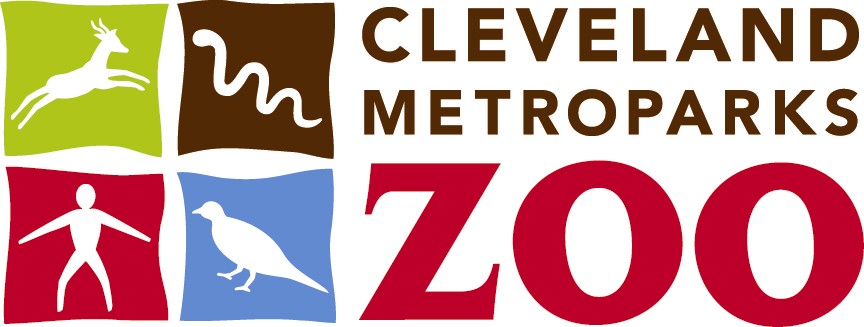
Photo gallery

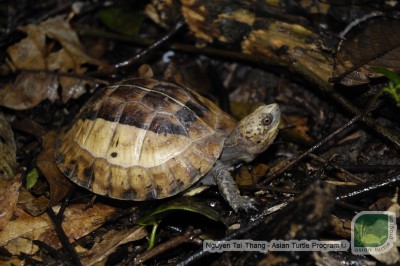

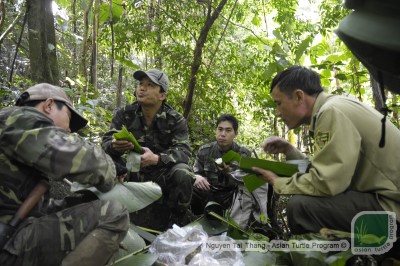

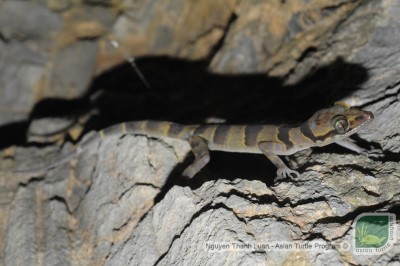
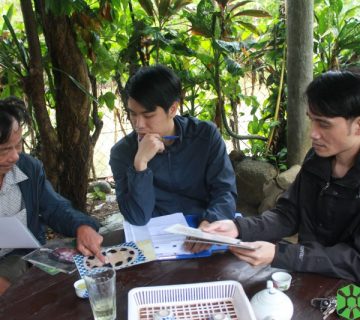
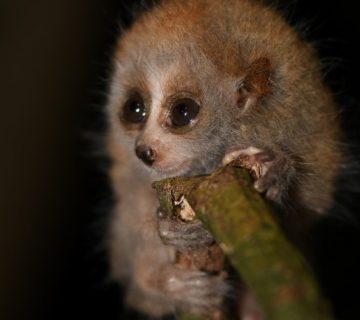
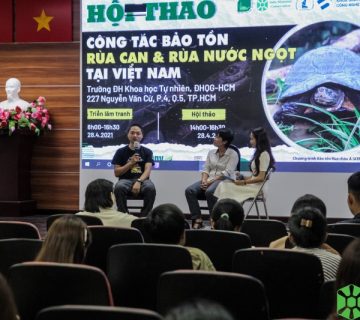
No comment